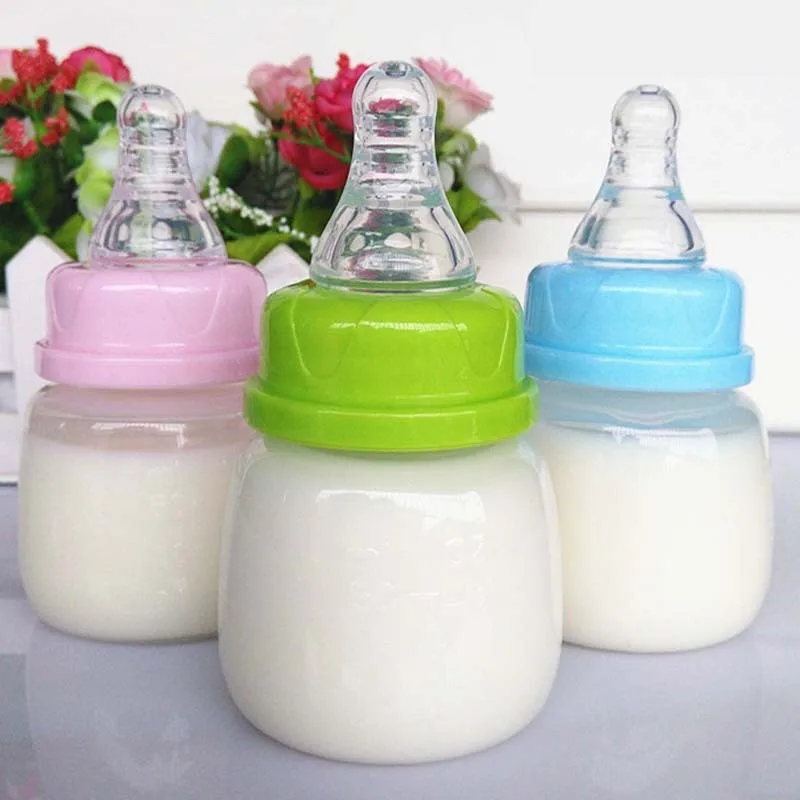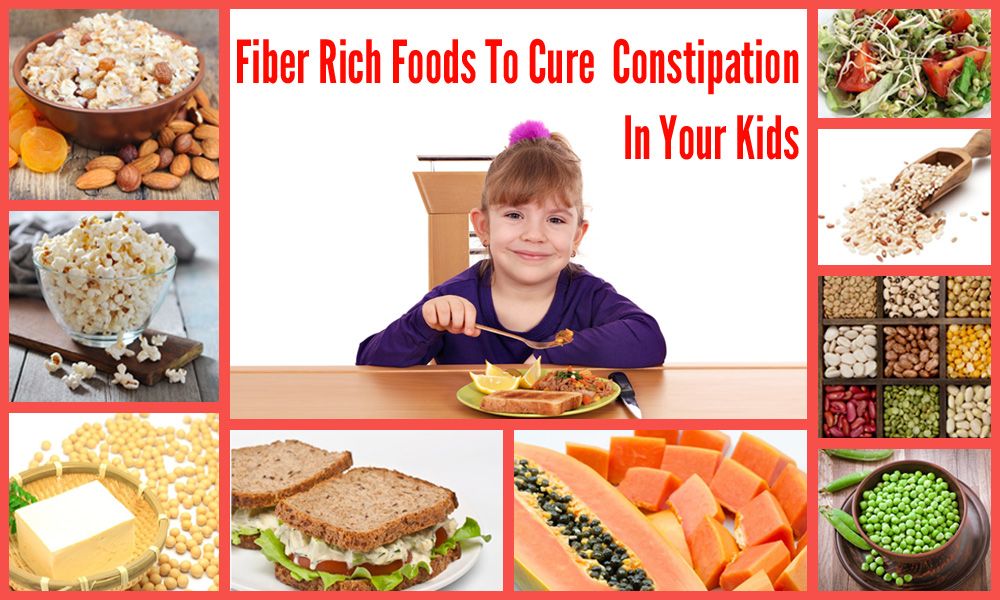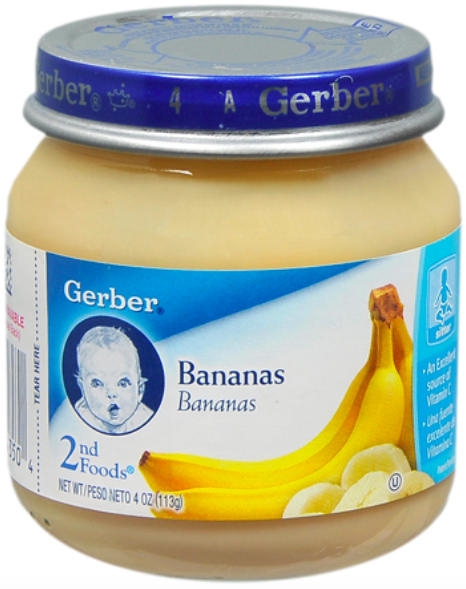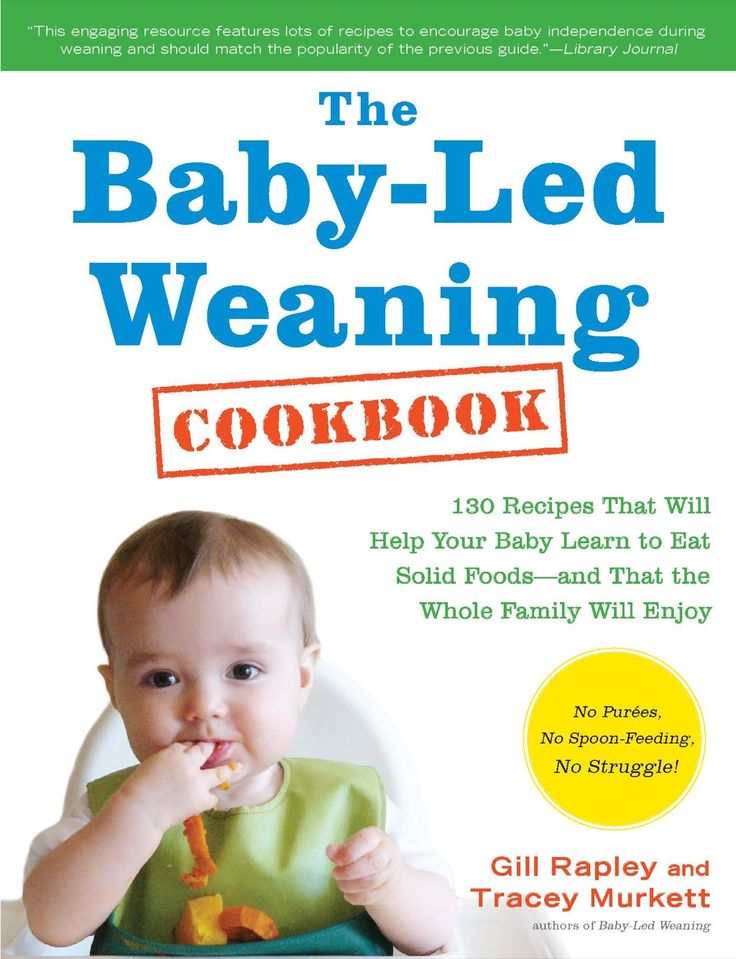When to start 2nd foods for baby
What It Is, When to Start, and Options to Try
Accompanying your child through the different stages of learning how to eat real food is an exciting journey. Sometimes, along with the sense of pride — Look, they polished off the whole jar! — you can feel a little confused. How are you supposed to navigate the milestones?
Let’s start at the beginning: What do the stages of baby food mean, anyway?
Rome wasn’t built in a day, and your baby’s digestive system won’t make the leap from liquid to solid in one day either. That’s what the stages of baby food are for — to help your baby manage the mechanics of eating and to make the transition easier on your baby’s digestive system.
Defining the stages across the brands
While the different stages of baby food aren’t standardized (it would make your life easier if they were!), most popular brands more-or-less follow these four stages:
- Stage 1: 4 to 6 months (watery puree of a single ingredient)
- Stage 2: 6 to 9 months (thicker texture that is strained or mashed)
- Stage 3: 10 to 12 months (mush that has soft, chewable, small chunks)
- Stage 4: After 12 months (finger foods and small, soft pieces of foods you share from your own supper)
What is the difference between stage 1 and stage 2 food?
Stage 1 foods are pretty watery. They’re pureed into a smooth paste that can drip off a spoon easily, so stock up on your bibs. These foods are usually made of a single ingredient: oatmeal cereal, apple, carrots. Your baby will start off eating about half a teaspoon of this.
Stage 2 foods get more exciting. These are strained or mashed into a dense paste. They’re made with a combination of foods that can include legumes and even meats or fish. They may combine flavors, like fruit and veggie blends. Your baby’s appetite is growing and you’ll have to keep pace with bigger portions.
At around 6 to 9 months, your baby is probably ready to move on to stage 2 foods. Not every baby will stick to this schedule simply because every child is a world to their own.
Here are some signs that your child is ready to move on:
- Tongue reflex: At around five months, your child will start losing their tongue thrust reflex and won’t immediately push out the food that you try to feed them.

- More please: They’ll easily polish off the stage 1 foods and look hungry for more.
- Variety: They’ll have eaten foods from all the food categories (vegetables, fruits, legumes, grains, meat) and shown no allergy or intolerance.
- Enjoyment: They’re managing spoonfuls of stage 1 foods easily, mouthing and swallowing happily.
At this exciting stage, feel free to give your baby most types of foods. By offering them a wide range of tastes and textures, you’re giving them a foundation for healthy eating habits — as well as making it easier for yourself. Keep in mind the following safety points:
- Choking hazards: Avoid nuts, seeds, and popcorn at this stage. And make sure to slice round foods like grapes and hot dogs lengthwise.
- No honey: Children younger than 12 months should not be given honey because it could lead to a botulism infection.
- No juice: Follow AAP guidelines and stick with breast milk, formula or a little water and steer clear of juices.

- Safe feeding: Always strap your child into their high chair and keep an eye on them while they’re eating.
And if you’re wondering about peanuts, here’s the scoop: A 2017 release from the National Institutes of Health suggests exposing children to peanut-containing foods as early as 4 months old. (Wait till 6 months for children with mild or moderate eczema.)
Surprised? Don’t be. A recent study suggested that Israeli kids rarely suffer from peanut allergies because they’re munching on Bamba, a peanut-based snack, from as early as 3 months. Talk to your doctor about suggested safe ways to incorporate peanut products into your little one’s diet.
What’s on the menu for stage 2 baby foods? Basically, you can go the store-bought or the homemade route. Or you can mix both depending on how much time you have. It’s up to you and your personal schedule.
Here are tasty ideas for both options.
Store-bought stage 2 baby food
- Plum: These organic blends come in easy-to-transport pouches.
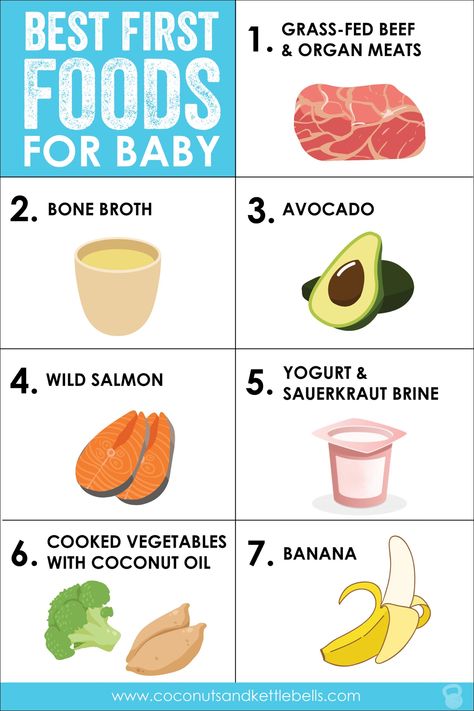 Try pear, spinach, and pea, or banana and pumpkin.
Try pear, spinach, and pea, or banana and pumpkin. - Beech-Nut: Options are available in jars and pouches. Serve up some apples and bananas or pineapple, pear, and avocado.
- Earth’s Best: Another organic option, in pouches or jars. Try sweet potato, barley, and garbanzo or pasta with tomato and white bean.
- Gerber: A classic, whether served up from plastic tubs, jars, or pouches. Flavor combinations include peach mango and oatmeal or chicken noodle dinner.
Remember to monitor your little one while they’re eating. Pouches are handy, but the caps can be a choking hazard. Glass jars are at risk of breaking, so keep them out of baby’s reach. Your baby should always enjoy snacks and meals with attentive adult supervision.
Homemade stage 2 baby food
Cooking up a storm for your baby’s budding taste buds at this stage doesn’t have to be challenging. Here are a few recipes to get you going. (You can find even more baby food recipes here. )
)
Don’t shy away from spices and herbs: your baby will appreciate the added flavor, and the micronutrients in them will give their immune system a boost.
- Apple, butternut, and carrot: Boil the ingredients until they test soft with a fork. Drain some of the water, but set it aside in case you need to thin the mixture. Sprinkle in a little curry and blend.
- Blueberries and chickpeas: You can cook up your own chickpeas or use a prepared version to save time. Mix equal amounts of blueberries and chickpeas. Blend and add breastmilk, formula, or water to get the right consistency. You can also add in some rice for extra oomph and texture.
- Salmon with roasted zucchini and fennel: Spray the salmon and vegetables with oil and broil for about 15 minutes. Add chopped parsley and blend. You can thin the mixture with breastmilk, formula, or water.
Enjoy this stage with your baby because it won’t be long before they move on to the next stages. And then, sooner than you think, you may be facing competition for that last slice of caramel-topped cheesecake.
And then, sooner than you think, you may be facing competition for that last slice of caramel-topped cheesecake.
When is a child ready to try a bit more texture?
Once your baby has mastered the art of slurping down smooth purees, it may be time to expand their culinary horizons with Stage 2 baby food. Your little gourmand isn’t quite ready to dine on a plate of spaghetti and meatballs just yet, but Stage 2 foods will give them the opportunity to sample new tastes, as well as consistencies.
Think your baby is ready to graduate onto the next stage of baby food? Here, parents and experts weigh in on Stage 2 baby food. Bon appetit!
What is Stage 2 baby food?
While the jarred Stage 2 baby food you find at the store is typically combinations of food (“sweet potato and chicken dinner”), it’s important to keep in mind this stage is more about the consistency of the food.
“While Stage 1 baby food is completely pureed, Stage 2 baby food has a bit more texture to it,” says Dr. Zulma Laracuente, a pediatrician in Alexandria, Louisiana. “The concept behind slowly transitioning baby from purees to thicker solids is to get them used to chewing and swallowing.”
Of course, every child develops at their own individual pace, so check with your child’s doctor for baby food recommendations during the first 12 months.
When to start Stage 2 baby food
The Stage 2 baby food age may vary based on when your infant started eating Stage 1 foods. The general age recommendation for Stage 1 baby food is between 4 and 6 months, so taking into consideration how long — and how well — your child has been eating these foods will help you determine if they’re ready to move up. According to Laracuente, babies are usually ready for Stage 2 between 6 and 8 months old — but make sure your little one has honed their Stage 1 skills before making the leap.
“Once your baby has done well with Stage 1 solids and has tried multiple foods, it is safe to advance to Stage 2 baby food,” says Dr. Melanie Custer, a pediatrician at at West Bend Pediatrics at Children’s Hospital of Wisconsin. “These foods usually have multiple ingredients, including some spices and are thicker in consistency.”
Melanie Custer, a pediatrician at at West Bend Pediatrics at Children’s Hospital of Wisconsin. “These foods usually have multiple ingredients, including some spices and are thicker in consistency.”
“These foods usually have multiple ingredients, including some spices and are thicker in consistency.”
DR. MELANIE CUSTER, PEDIATRICIAN
Signs baby is ready to start Stage 2 food
How do you know if your baby is nailing it with their Stage 1 foods and ready for the next step? Simply put, they’re eating and swallowing.
“As your baby’s oral skills develop and improve, you can move on to Stage 2 foods, which are purees with small chunks and texture,” says Jenifer Thompson, R.D., an advanced practice dietician at Johns Hopkins in Baltimore.
Thompson says in order to move on to Stage 2 foods, babies should be consistently taking the spoon in their mouth when you offer it to them, without spitting or pushing it back out.
“Once my baby was no longer grimacing or letting his food dribble onto his chin, I knew we were ready to move onto Stage 2 foods,” says mom of two Darcy McConnell of Garwood, New Jersey. “I actually have no idea how old he was when we made the switch since I based it off of how well he was eating!”
“I actually have no idea how old he was when we made the switch since I based it off of how well he was eating!”
What Stage 2 baby foods to start with
It’s important to expose your child to a number of foods, most of which are safe at this point.
“By the time they are 7 to 8 months, babies should be eating a variety of foods from different food groups, including cereals, meat and other proteins, yogurt, cheese, vegetables and fruits,” says Thompson.
“Most foods can be prepared for any stage, so long as they’re texturally age-appropriate,” says Dr. Kristen Treegoob, a pediatrician at Children’s Hospital of Philadelphia. “When we think of Stage 2 baby food, we’re thinking of thicker purees with some mashable bits.”
Experts advise introducing as many different foods as possible during this stage of food development so your baby gets accustomed to them.
“While bananas, applesauce and peaches are good options and most babies like them, as they are naturally sweet, it is also important to try other foods that aren’t as common and popular, such as beets, rhubarb and asparagus, so they develop a taste for them,” says Custer.
Another thing to keep in mind is that the American Academy of Pediatrics (AAP) no longer recommends delaying the introduction of allergenic foods, particularly peanuts. While it was once advised to wait until your baby was at least 10 months to introduce peanut-containing foods, the AAP now recommends giving babies with no known egg allergy or eczema, infant-safe forms of peanut between 4 to 6 months old. Babies with mild eczema should wait until at least 6 months, and for babies with severe eczema, speak to their doctor before giving them peanut-containing foods. (To find out if your baby has an egg allergy, they must be tested by their pediatrician.)
Which foods to avoid during Stage 2
Even though your little one is venturing into new food texture territory with Stage 2, you should still avoid giving them chunks and small pieces of food, which can pose a serious risk. (Food may be thicker at Stage 2, but it’s still all about the purees and mashes at this point.)
“Infants may have any food that is texture-appropriate for their developmental feeding stage, but it’s important to stay away from choking hazards, such as whole grapes, nuts and seeds,” says Treegoob.
“Infants may have any food that is texture-appropriate for their developmental feeding stage, but it’s important to stay away from choking hazards, such as whole grapes, nuts and seeds.”
DR. KRISTEN TREEGOOB, PEDIATRICIAN
Also, avoid giving your baby honey — raw or cooked — before the age of 12 months, as it may cause a botulism infection.
And finally, when it comes to your baby’s beverage, steer clear of juice. The AAP recommends parents eschew juice, which has “no nutritional benefits over whole fruit,” until at least 1. “At this point, it’s best to stick with breast milk, formula or the odd bit of water (1 to 2 ounces a day), which is mainly for introducing your baby to the skill of using a sippy cup,” says Thompson.
How to start Stage 2 foods safely
Baby should be sitting in a highchair when eating and never left alone. You’ll still be spooning food into your baby’s mouth at this point, but don’t be afraid to let your little one take a whirl at self-feeding in order to get in some practice using utensils.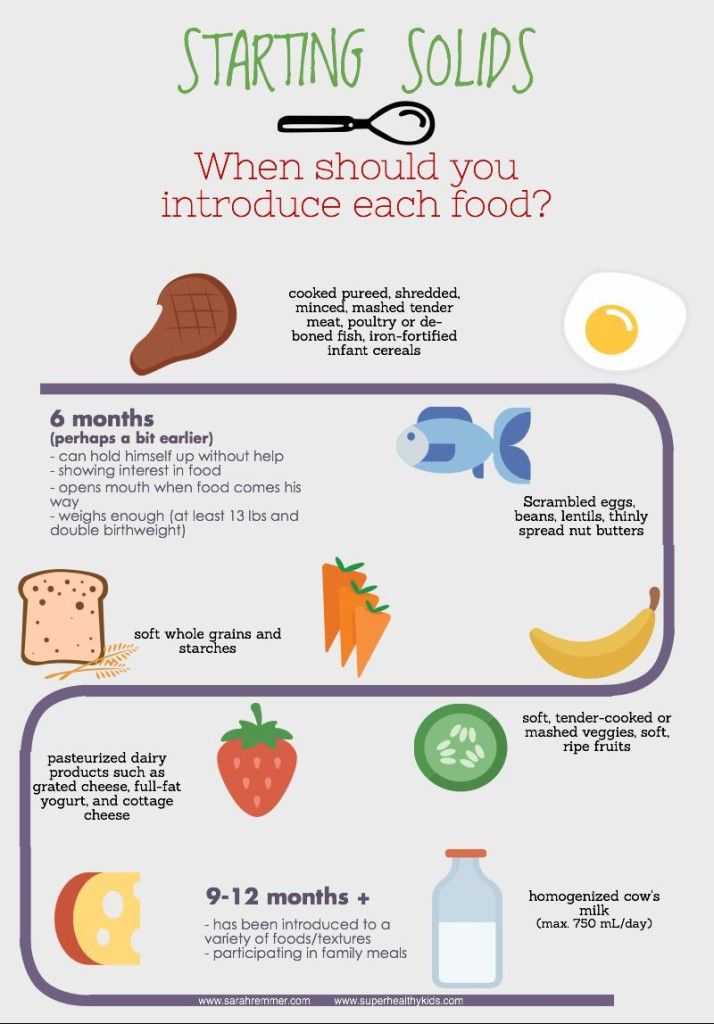
“At around 9 months, we started letting our son try his hand at feeding himself in his highchair,” says mom of two Erin Henderson, of Waltham, Massachusetts. “It was a mess, but he obviously enjoyed the learning experience.”
Also, during the latter half of your baby’s Stage 2 stint, they may learn how to grab things with their thumb and forefinger and bring them to their mouth.
“Between 8 and 12 months, babies develop the pincer grasp ability and should be able to pick up small pieces of finger food, such as Cheerios or puffs,” says Thompson.
As your baby grows and hones their eating skills, they’ll cut down a bit on how much breast milk or formula they drink — but keep in mind, that should still be their primary source of nutrients.
“Most infants will naturally start to moderate their breast milk or formula intake once their solid intake increases,” says Treegoob. “Solid food may start to account for a significant source of nutritional intake closer to 7 to 9 months. At this time, parents may notice that their baby shows interest in smaller or less frequent bottle or breastfeeds. As long as their weight remains on track and baby is drinking enough milk to stay well-hydrated, there should be no need for concern. Infants typically take somewhere between 24 to 40 ounces of breast milk or formula between 4 to 6 months and 24 to 32 ounces from 6 to 9 months.”
At this time, parents may notice that their baby shows interest in smaller or less frequent bottle or breastfeeds. As long as their weight remains on track and baby is drinking enough milk to stay well-hydrated, there should be no need for concern. Infants typically take somewhere between 24 to 40 ounces of breast milk or formula between 4 to 6 months and 24 to 32 ounces from 6 to 9 months.”
According to the AAP, babies should be eating about 4 ounces of solids (about one small jar of baby food) at each of their meals. And if you’re wondering how long baby food lasts, experts typically recommend 24-48 hours in the fridge or up to 3 months in the freezer.
Lastly, bear in mind that if at first you don’t succeed with a food, try, try again.
“At this age, if babies grimace when taking a bite or shake themselves, it is most often because of a texture issue, not the actual taste,” says Custer. “It is important to keep introducing these foods as it may take a baby up to 15 times to get used to a texture before you can say for sure he/she doesn’t like it.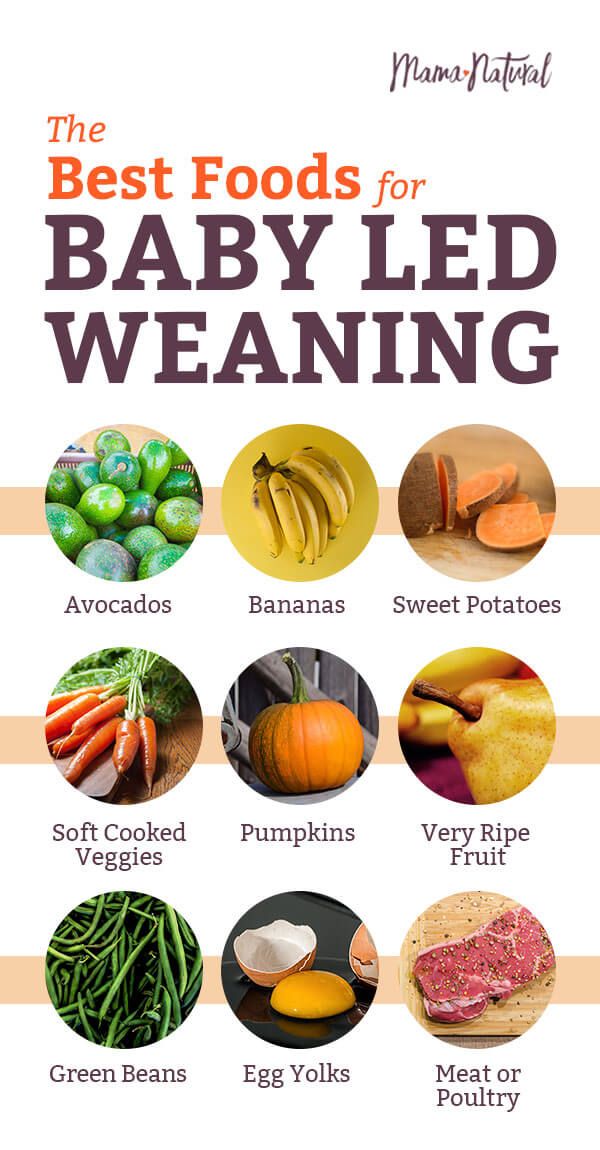 ”
”
Ready for the next stage?
- Stage 3 baby food
Introducing complementary foods: when, why and in what order
New foods provide the baby with the necessary micronutrients, form healthy eating habits and strengthen immunity
In the first six months of life, the baby's nutritional needs gradually increase, and breast milk or formula is not enough . How to introduce new foods into the baby's diet? Where to start? Questions are answered by specialists from the National Medical Research Center for Children's Health of the Russian Ministry of Health.
An infant's nutrition should provide for its age-related needs for healthy food and energy, normal growth and development. Indicators of proper nutrition and signs of well-being will be the well-being and mood of the child, long and restful sleep, and, of course, weight gain and growth in accordance with age.
When and why to introduce complementary foods
According to modern scientific research, the optimal interval for introducing complementary foods (the so-called “critical window”) is between 4 and 6 months.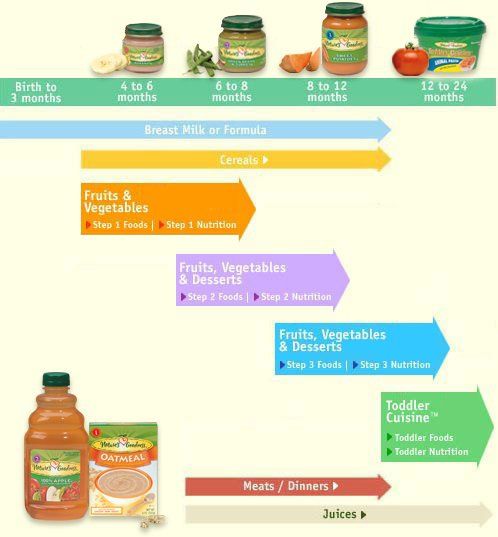 The beginning of the introduction of new products during this period reduces the risk of undernutrition or overnutrition, anemia, and allows the child to be provided with all the necessary nutrients in a timely manner.
The beginning of the introduction of new products during this period reduces the risk of undernutrition or overnutrition, anemia, and allows the child to be provided with all the necessary nutrients in a timely manner.
Before 4 months, the baby is not yet ready to digest other foods than human milk or infant formula. And at 4 months, the child's gastrointestinal tract becomes more mature: the activity of digestive enzymes increases, the immunity of the intestinal mucosa is formed, and the risk of developing allergic reactions is significantly reduced. The child is already able to swallow thicker food, the "spoon ejection reflex" fades away.
The introduction of complementary foods later, in the second half of the first year of life, has undesirable consequences: there is a deficiency of nutrients, and first of all micronutrients (iron, zinc and others), children often refuse the offered products, there may be a delay in the formation of chewing and swallowing skills thick food.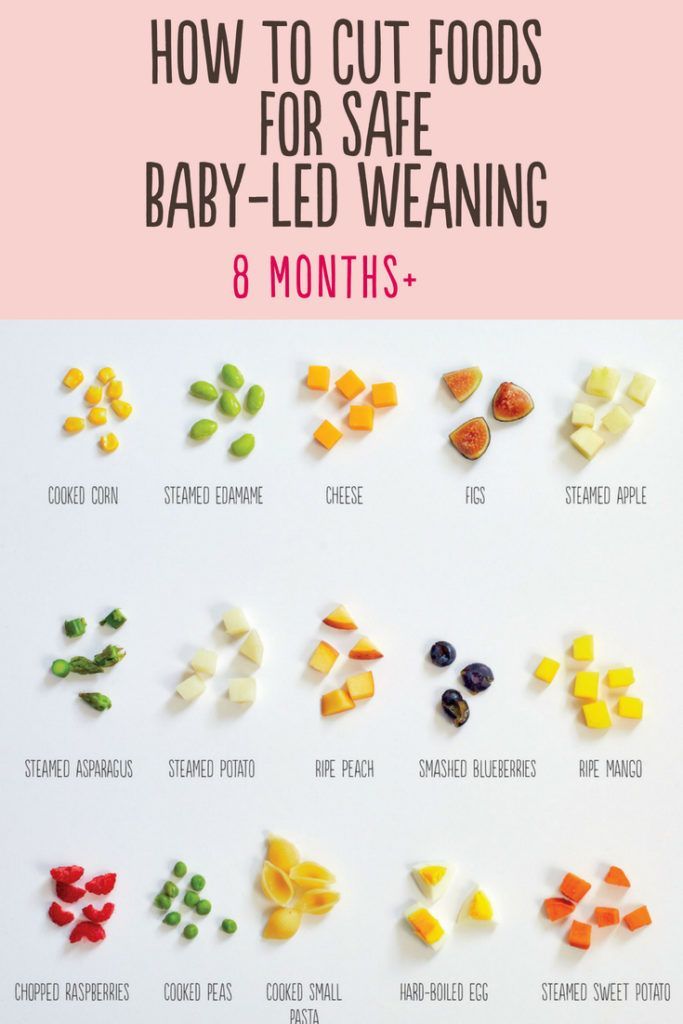
In this case, it becomes necessary to quickly add a variety of products to the diet, which leads to an increased load on the immune system, and often to the development of allergic reactions.
By the age of 5 months, the child's body is already deficient in iron. The reserves of iron accumulated by the time of birth are already exhausted, and its content in breast milk is low, therefore, with breastfeeding, deficiency develops more often than with artificial. This is one of the main reasons for prescribing complementary foods.
The timing of the start of the introduction of complementary foods and the sequence of use of different products are individual. It is important to take into account the developmental features of the child, his weight and height, as well as readiness to perceive new food.
Where to start
Porridge or vegetables - why not juices?
When you decide to introduce your baby to a new product, choose between vegetable puree and porridge. The appointment of fruit juices at the beginning of complementary foods, so familiar to parents and especially grandmothers, is already an outdated rule. The nutritional value of juices is low, their early introduction often leads to functional disorders of the gastrointestinal tract, allergic reactions.
The appointment of fruit juices at the beginning of complementary foods, so familiar to parents and especially grandmothers, is already an outdated rule. The nutritional value of juices is low, their early introduction often leads to functional disorders of the gastrointestinal tract, allergic reactions.
But the main result of acquaintance with juices is the habit of sweet taste, after which children more often refuse vegetables.
If the child is healthy, his weight and height are normal or exceed them, preference should be given to vegetable puree. With a tendency to constipation, puree should also be introduced first.
In case of insufficient weight gain, increased risk of iron deficiency conditions, frequent stools, it is better to introduce commercially produced cereals enriched with minerals, including iron and vitamins, as the first complementary food. Next, enter the vegetable puree.
It is better to start weaning foods with puree from one type of vegetable or with commercially produced dairy-free cereals (rice, buckwheat or corn), which can be diluted with breast milk or infant milk or medical formula that the child eats.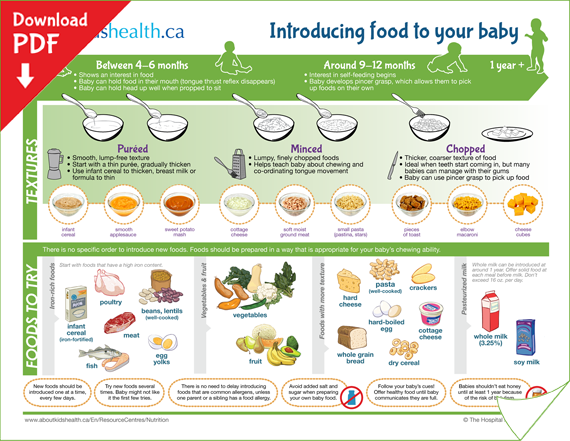 In the future, you can offer your baby oatmeal, barley, wheat porridge, as well as porridge from a mixture of cereals.
In the future, you can offer your baby oatmeal, barley, wheat porridge, as well as porridge from a mixture of cereals.
It is better to alternate and combine vegetables
Vegetable oil can be added to vegetable puree, butter can be added to porridge. At 6 months, a child can already eat several types of vegetables and cereals. After porridge, which has a sweetish taste, children often do not eat vegetables well. But even with the introduction of vegetables as the first complementary food, babies often refuse them. Vegetable complementary foods are recommended to start with mashed broccoli or cauliflower. They are better accepted by children if they are introduced first. Gradually, other types of vegetables are added, such as zucchini, pumpkin, potatoes, carrots, which are more popular with children.
Simultaneous intake of three kinds of vegetables is preferred. Every 2-3 weeks, you can replace them with new types of vegetables. It is important to encourage your child to try new foods on a regular basis, but not to push too hard: it can take up to 10-15 days for a new taste to “accept”.
One should not give in to childish whims. The initial rejection of an unfamiliar dish is a common occurrence. The product must be re-offered at the beginning of feeding, several times a day can be, and often a successful subsequent introduction follows the first refusal.
The child's behavior and the formation of a healthy diet depend on how calm and consistent the parents are during feeding. The more different vegetables you manage to introduce into the menu of a child up to a year old, the more varied and correct his diet will be at school age.
Meat dishes are obligatory
Iron enters our body in two forms: as heme iron with animal products and as non-heme iron with greens, cereals, vegetables and fruits. Due to its chemical characteristics, heme iron is better absorbed; for an infant, the only source of such iron is mashed meat. It is important to introduce it into the child's diet at 6 months and gradually increase the amount of the product (see table).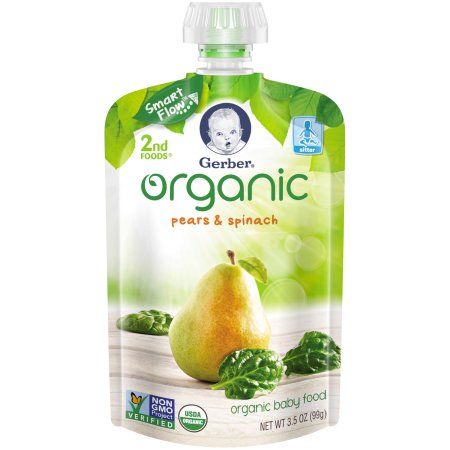 You can use meat puree in two versions: jars of industrial production and home-cooked.
You can use meat puree in two versions: jars of industrial production and home-cooked.
To prepare meat puree, boiled meat must be diluted with warm boiled or baby water (but not broth!) in a ratio of 1:1. The same ratio is used in the production of canned meat for children (100 g of meat puree contains about 50% of raw meat). When introducing complementary foods, it is important to use canned meat, and not meat-vegetable, and even more so not vegetable-meat: the meat content in them ranges from 7 to 20%.
From 7 months the baby can be given yolk, and from 8 months - fish puree (2 times a week instead of a meat dish).
Fruit is in last place
It makes sense to introduce fruit puree in the first six months of life with constipation (when the introduction of vegetable puree with vegetable oil did not give the desired effect), as well as for children with malnutrition and reduced appetite (add it to cereals to improve taste ). At the same time, fruit puree should not be the first complementary food product. It is considered optimal to prescribe it in the second six months of a child's life, after the introduction of mashed meat.
It is considered optimal to prescribe it in the second six months of a child's life, after the introduction of mashed meat.
Basic rules for the introduction of complementary foods
- The introduction of each new product is started with a small amount, gradually (over 5-7 days) is increased to the volume recommended for a given age, while carefully monitoring its tolerance.
- A new food (meal) should be given in the morning so as not to miss a possible reaction. Do not introduce new foods in the evening and before bed, this will make it difficult to assess their tolerance, and may disrupt your sleep and the sleep of your child.
- It is advisable to keep a "food diary", where to note all the foods that the child ate during the day, and their tolerance. This will allow you to make a diet of foods that the baby tolerates well.
- Porridges, vegetable and fruit purees should be introduced starting with one type of cereal, vegetables, fruits, gradually expanding the menu with other products of this group.
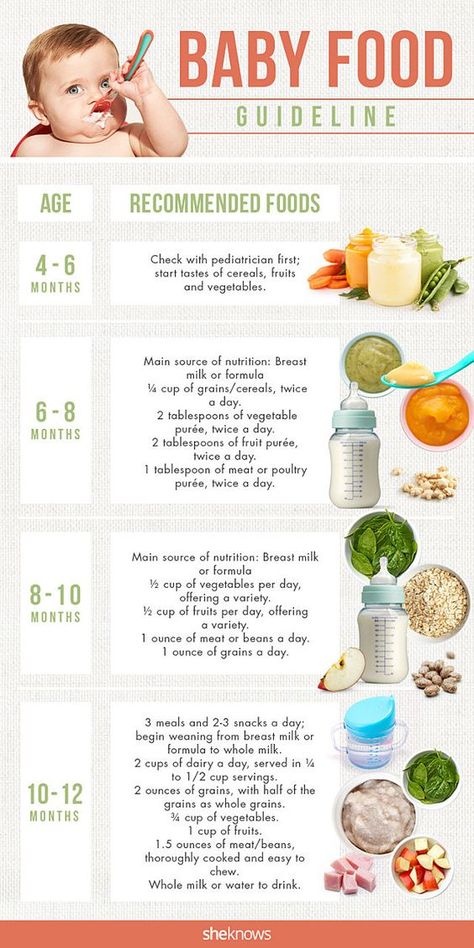
- Complementary foods are given by spoon before breastfeeding (or infant formula).
- New products are not introduced during acute infectious diseases, before and after preventive vaccinations (within 3-5 days).
- At the age of 9-10 months, homogenized and puree products should be gradually replaced with finely ground products.
It is important to introduce complementary foods while continuing to breastfeed. To maintain lactation during the period of introducing complementary foods, it is necessary to put the baby to the breast after each feeding.
When feeding a child, it is good to use industrially produced complementary foods and dishes, which are made from high quality raw materials. They meet strict hygienic requirements, have a guaranteed chemical composition, including vitamins, regardless of the season and the required degree of grinding.
In addition, modern industrial complementary foods are enriched with biologically active components: vitamins, minerals, pre- and probiotics, long-chain polyunsaturated fatty acids (omega-3), which positively affects the health of the child.
Fermented milk products: we support immunity
Particular attention during the epidemic and after the end of quarantine should be given to the timely introduction of non-adapted fermented milk products. They are very good at strengthening the immune system. Children's kefir, biolact or yogurt is introduced into the child's diet, starting from the age of 8 months in a volume of 200 ml per day. At the same age, a child can be offered children's cottage cheese, but its amount should not exceed 50 g per day: an excess intake of milk protein in the first year of life increases the risk of obesity in the future. In some cases, for example, with insufficient weight gain, the pediatrician may prescribe it earlier, from 6–7 months.
Whole cow's or goat's milk cannot be used as the main food in the first year of life.
Source:
Manual "Children's nutrition during quarantine" National Research Center for Children's Health of the Ministry of Health of Russia
Photo: Collection / iStock
Food.
 ru
ru When to start introducing complementary foods
Yesterday the whole world revolved around breastfeeding or bottles, and today it is necessary to decide at what age to start feeding a child with other foods.
According to WHO recommendations, it is worth breastfeeding a baby at least up to 6 months, and preferably up to 2 years. And you should choose the time of the first complementary foods based on what kind of feeding the child is under one year old.
In the case when he is on natural (breast) feeding, experts recommend starting complementary foods no earlier than 6 months. If the child has been on artificial or mixed feeding since birth, then complementary foods should be introduced from 4 months.
The decision on when to introduce complementary foods is made only by the child's parents, and only after consultation with a specialist.
So, even those children who are on breastfeeding, but at the same time gaining weight poorly or they have problems with the absorption of milk, start feeding the same way at 4 months.
There are a number of factors, focusing on which parents understand - it's time to give the baby adult food:
-
the unconditioned reflex of pushing food out of the child has disappeared: he can take food from a spoon without pushing it out with his tongue;
-
the child sits confidently: we remember that it is impossible to sit girls down - this can negatively affect the formation of the pelvic organs;
-
the child shows interest in food: looks into the plate to you or older brothers and sisters, tries to steal a piece or two).
Why is it important to decide when to start complementary foods? First of all, not only the health and active life of the baby depends on this, but also the formation of healthy eating habits in adulthood.
For example, if complementary foods are introduced too early, problems with the digestive tract can occur. In the first year of a child's life, the gastrointestinal tract is still being formed.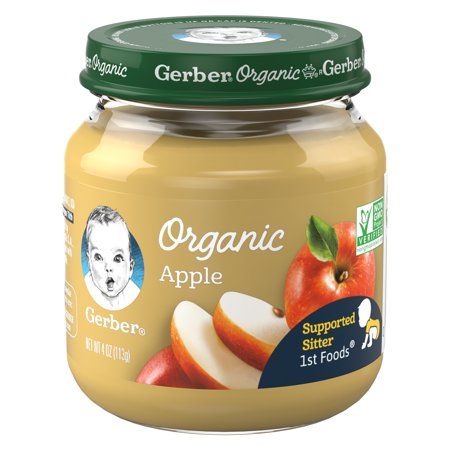 And too early introduction of products other than breast milk or adapted formula can lead to indigestion. Plus, if the solid food swallowing reflex is not formed, then the child may simply choke.
And too early introduction of products other than breast milk or adapted formula can lead to indigestion. Plus, if the solid food swallowing reflex is not formed, then the child may simply choke.
It is not worth delaying the introduction of complementary foods. Too late is fraught with a number of problems:
-
iron deficiency anemia. By 6 months, the supply of iron that the baby received in the womb dries up. And there is very little iron in breast milk, it is not enough for a child;
-
lack of vitamins and microelements. Of course, breast milk contains all this in large quantities, but over time, the child needs more and more of them, and breast milk is not able to cover all the deficiencies;
-
fading food interest. It is difficult to feed a one-year-old child with something other than breast milk. And it is important not to miss the moment when the baby is really interested in trying new things;
-
delayed physical and psychomotor development.
 Complementary foods are not only food, but also the formation of grasping skills, the development of large and small motor skills, all the sensory systems of the child's body.
Complementary foods are not only food, but also the formation of grasping skills, the development of large and small motor skills, all the sensory systems of the child's body.
Where to start introducing complementary foods
According to the same WHO recommendations, the first complementary foods for a baby are one-component vegetable purees or cereals. The choice of product depends on how much the child weighs, how he gains weight, whether he has a tendency to allergies, how his digestion works.
The pediatrician selects the scheme for the introduction of complementary foods by months, focusing on the child's history.
If vegetables are the first choice of complementary foods, then this is mashed marrow, cauliflower and broccoli. It is believed that white and green vegetables are hypoallergenic, and their fiber is tender, and the child's intestines can easily cope with it.
It is important to follow the rules and not make mistakes when introducing complementary foods.
-
Complementary foods first, then milk or formula. The point is that if you first feed the baby with his usual food, then after he is full and satisfied, he will simply refuse complementary foods;
-
Introduce products gradually. Take your time - the child has a whole life ahead of him, he will have time to try everything and everyone. But now his body is not ready to adapt to new products every day. So the “one week per food” rule should apply throughout the feeding time;
-
Portions should be small. You can look at how a child eats vegetables, fruits, meat and cottage cheese with pleasure for an infinitely long time. And be touched. And after a long time to figure out why his stomach hurts, and run to the doctors. So we follow a simple rule: complementary foods are an inferior meal. This is 1-2 teaspoons per sample. Acquaintance with a new taste and tracking the body's reaction to the introduction of a particular group of products.
Common mistakes when organizing complementary foods for a child up to a year old:
-
introduction of complementary foods to a child during illness.
 All the forces of the body at this moment are thrown to defeat the disease. And feeding becomes a stressful situation. Be prepared for the fact that even after a successful start, in case of illness, the baby may again require only a breast or a bottle of formula. This is fine. This is a natural defense mechanism;
All the forces of the body at this moment are thrown to defeat the disease. And feeding becomes a stressful situation. Be prepared for the fact that even after a successful start, in case of illness, the baby may again require only a breast or a bottle of formula. This is fine. This is a natural defense mechanism; -
familiarization of the child with products not according to age. His gastrointestinal tract is still being formed. The norms for the introduction of complementary foods have been developed taking into account research on the readiness of the child's body to perceive and digest certain products up to a year;
-
start complementary foods with multicomponent foods. This is fraught with the fact that you will not be able to track which product the child has an allergy or food intolerance to.
If the pediatrician recommends starting complementary foods with porridge, then the choice is made in favor of hypoallergenic, gluten-free cereals. Lure up to a year should start with buckwheat and rice. Later, wheat and oatmeal porridges are added to the complementary feeding scheme, and then multi-cereal, as well as cereals with the addition of pieces of fruits and vegetables.
Lure up to a year should start with buckwheat and rice. Later, wheat and oatmeal porridges are added to the complementary feeding scheme, and then multi-cereal, as well as cereals with the addition of pieces of fruits and vegetables.
Porridges are initially offered to the baby, cooked with water or breast milk. In the latter case, you need to be prepared for the fact that the porridge will be very liquid. Don't worry - it's normal. Breast milk enzymes eat up all the density.
Milk porridge - the second line of complementary foods. And they appear in the baby's diet much later, a month and a half after the introduction of cereals on the water.
It is worth remembering that porridge that you have already prepared should not be left until the next feeding, even in the refrigerator. There is a simple principle: cook and eat. This also applies to canned baby puree. An open jar can live in the refrigerator for no more than one day.
And what's next
After vegetables and cereals have appeared in the baby's diet, you can gradually add fruit purees. They start with hypoallergenic ones from apples and pears, then from peaches and apricots, bananas. Exotic fruit purees (for this region) appear last.
They start with hypoallergenic ones from apples and pears, then from peaches and apricots, bananas. Exotic fruit purees (for this region) appear last.
Now more and more multi-component purees can be found on store shelves, where not only vegetables or fruits are based, but also their mixes. This is not a marketing ploy at all, but an attempt to teach children to eat vegetables.
That is why it is recommended to start complementary foods with vegetables rather than fruits. After sweet mango puree, the child will turn up his nose at the tasteless zucchini. But if on the contrary, then there is a chance that he will love cauliflower, broccoli, and even the Brussels cruciferous representative.
What about meat
Meat in a child's diet, according to the complementary foods tables, appears closer to 8 months for those who are breastfed, and after 6 months for those who started earlier, being on mixed or artificial.
Homogenized rabbit and turkey meat purees are the first to reach the child's table.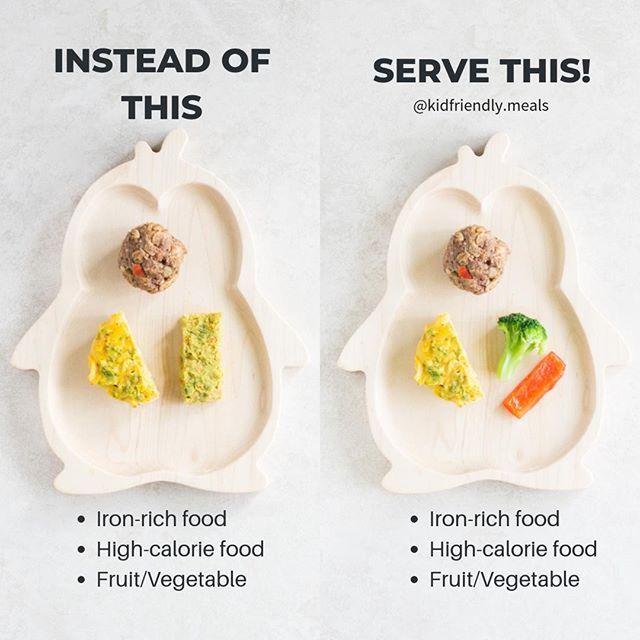 It is dietary, rich in iron and vitamins. Then add chicken and veal puree. Pork is introduced last.
It is dietary, rich in iron and vitamins. Then add chicken and veal puree. Pork is introduced last.
Things are more complicated with fish. It all depends on the allergic status of the child. If food allergies are not identified, then the first fish (cod) may appear in the diet as early as 10-11 months. If a child has a tendency to allergies or allergic reactions to other products are observed, then experts recommend waiting and starting to introduce fish after a year and a half.
It is almost impossible to avoid an allergic reaction or food intolerance if the child has a predisposition. It is more important to take everything under control. This is where a baby food diary can help.
It should be started from the first feeding, carefully recording all the data: time, product, portion size and reaction of the baby. Such a diary also helps to identify the preferences of a child up to a year old, track all his reactions, and gradually form a menu for months.
No milk anywhere
The introduction of complementary foods does not mean that breastfeeding or formula feeding should be abandoned. Everything stays in place. The portions are just getting smaller. Breast milk helps the child's digestive tract digest new foods for him, and an adapted mixture is the basis of the diet after a year.
Everything stays in place. The portions are just getting smaller. Breast milk helps the child's digestive tract digest new foods for him, and an adapted mixture is the basis of the diet after a year.
As for children's dairy products, cottage cheese, yogurt, kefir and biolact are introduced into the diet after 8-9 months.
Lure without rules
Separately, it is worth mentioning the so-called pedagogical complementary foods. Usually it is practiced by mothers with children at breastfeeding, when the child is not the first. The meaning is simple: the child is allowed to take micro portions of food from an adult's plate, for example, one rice, a piece of apple, a small piece of boiled meat or fish.
This is a story about nutritional interest, not pure complementary foods. And here it is very important to understand that pedagogical complementary foods are possible only if the whole family adheres to proper nutrition, vegetables and meat are on the table, steamed or by languishing and baking, because fried and smoked dishes are absolutely not suitable for a child under one year old.



